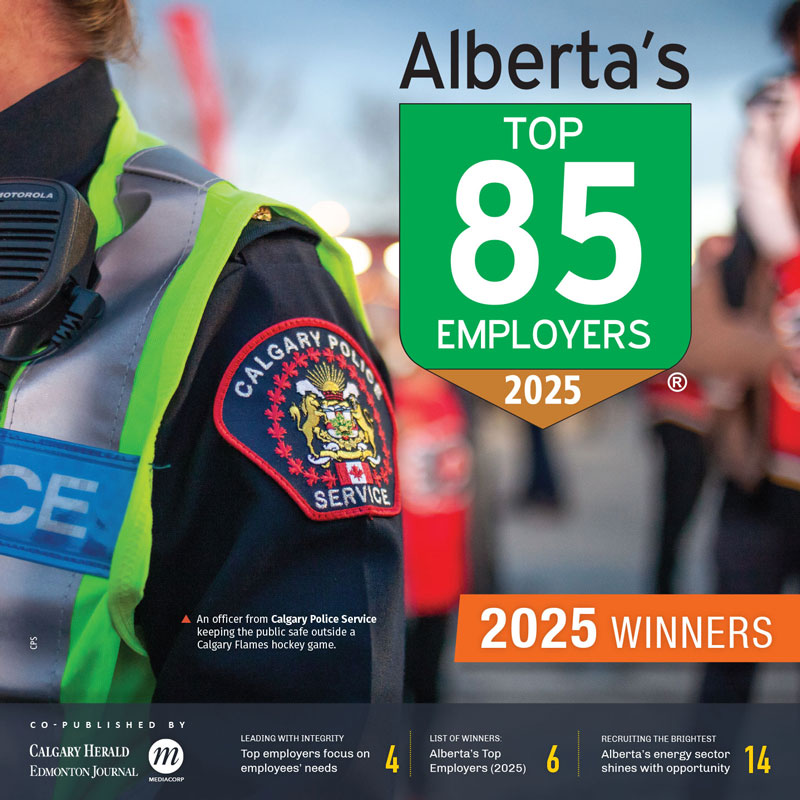

Meet the 2025 winners that are raising the bar in Canada's fastest-growing province.
Published Jan. 28, 2025
About the competition
Now in its 20th year, Alberta's Top Employers is an annual competition that recognizes the Alberta employers that lead their industries in offering exceptional workplaces. Organized by the editors of Canada's Top 100 Employers, the competition evaluates employers based on eight criteria, including workplace, benefits, training, and community involvement. Each year, the project's editors release detailed reasons for selection explaining why each of the winners is chosen. Any employer with its head office or principal place of business in Alberta, whether private or public sector, may apply for the competition. For more details on this year's competition, read the press release issued on January 28, 2025.
